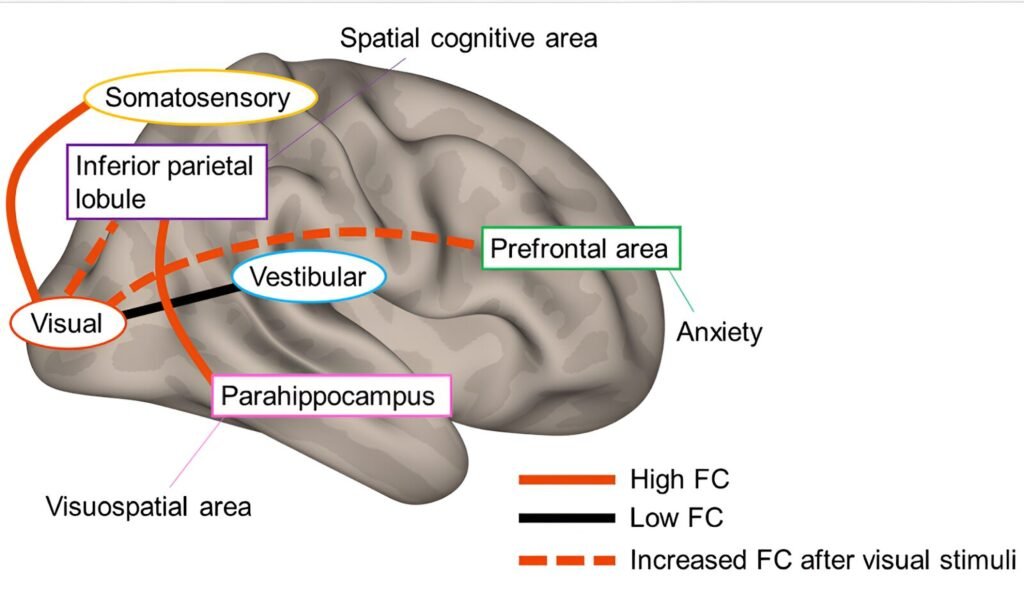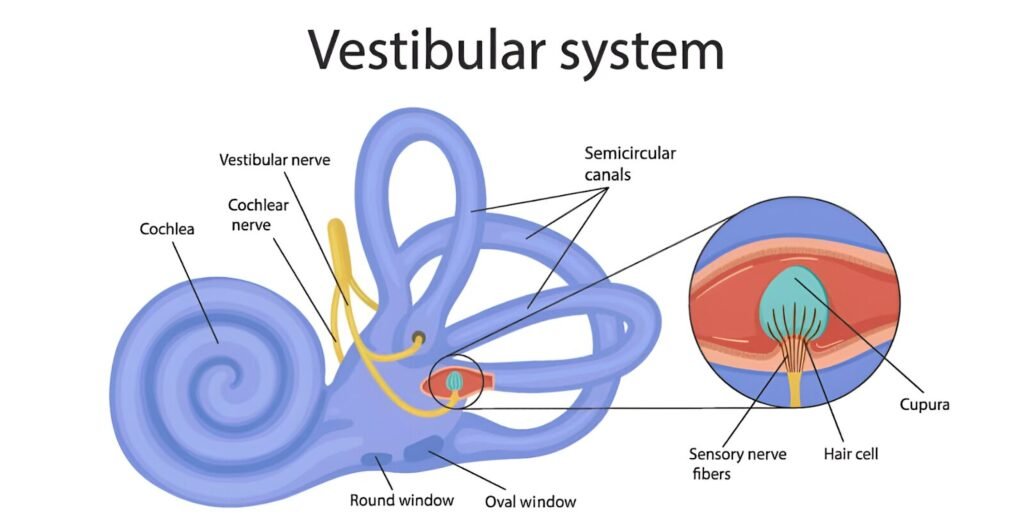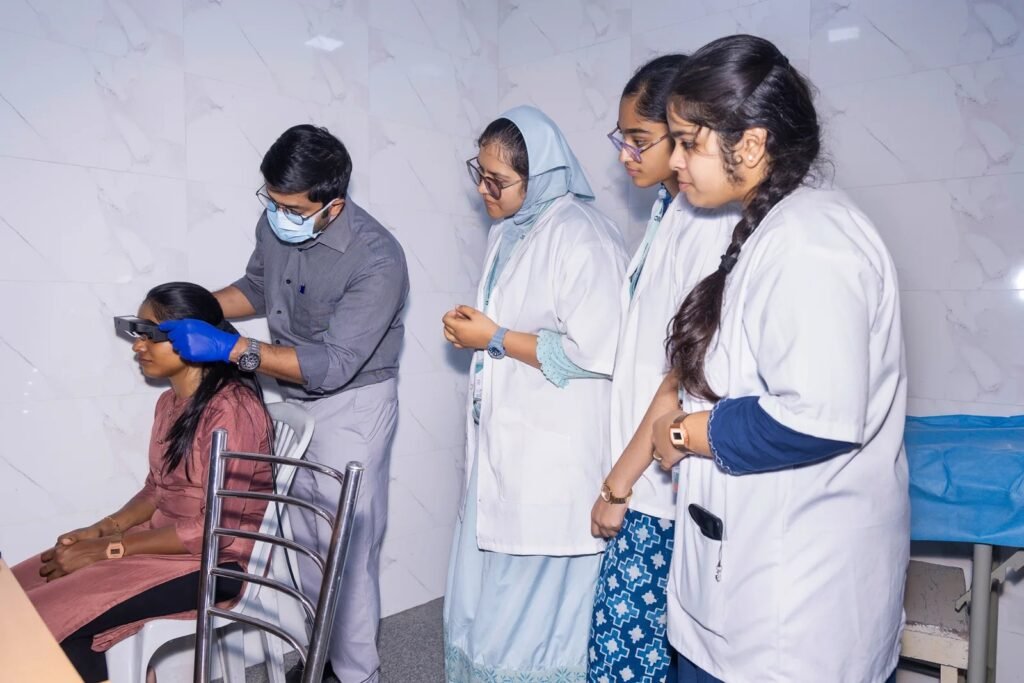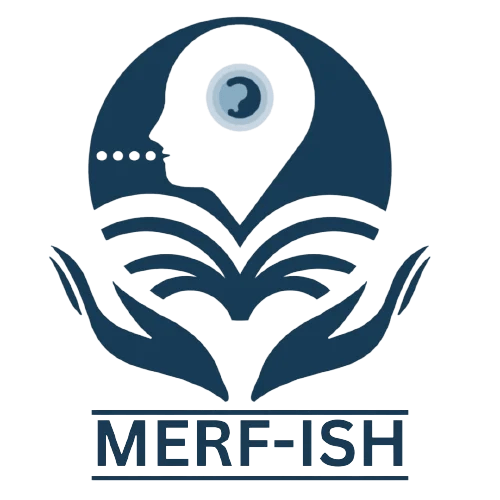Introduction
If you’ve ever felt your world spinning, off-balance, or confused about what’s happening when you move your head-those are classic signs of vestibular problems. At specialized centers like Merfish Vestibular & Balance Clinic, patients come seeking relief from dizziness, vertigo, imbalance, and other vestibular condition symptoms. In this post, we’ll explore 7 common conditions treated at vestibular clinics, how they differ, and what you can expect if you or a loved one walks through the doors of a vestibular care center.
Understanding Key Terms
Before diving into specific conditions, it helps to clarify a few terms:
- A vestibular condition refers to any disorder affecting the balance system, especially the inner ear and connections to the brain (vestibular neuro pathways).
- Vertigo type dizziness is a spinning or rotational illusion-“the room is moving” feeling. Not all dizziness is vertigo; some is lightheadedness or imbalance.
- Vestibular neuro implies involvement of the nerve or central nervous pathways that transmit balance signals.
1. Benign Paroxysmal Positional Vertigo (BPPV)
What it is: BPPV is perhaps the most common vestibular problem encountered in clinics. It occurs when tiny calcium crystals (otoconia) dislodge from their usual position and float into semicircular canals.
Symptoms / vertigo type: Brief, intense episodes of spinning when you change head position (turning in bed, tilting head backward). These vertigo type bouts last seconds to a minute.
Treatment: Vestibular clinics often use canalith repositioning maneuvers (like the Epley maneuver) to shift crystals out of the canals. Over time, many recover fully if the maneuvers work properly.

2. Vestibular Neuritis / Labyrinthitis
What it is: These conditions involve inflammation-either of the vestibular nerve (neuritis) or of the labyrinth (labyrinthitis) in the inner ear.
Symptoms: Sudden onset vertigo type dizziness, nausea/vomiting. With labyrinthitis, there might also be hearing loss or tinnitus (because the auditory side is affected).
Rehabilitation: Recovery can take days to weeks; vestibular rehabilitation (eye/head exercises, balance training) helps the brain compensate.

3. Meniere’s Disease
What it is: A chronic inner ear disorder involving abnormal fluid (endolymph) buildup called endolymphatic hydrops.
Symptoms: Episodic vertigo (hours long), fluctuating hearing loss, tinnitus, and ear fullness. Some patients may also experience drop attacks (sudden falls) in later stages.
Management: No cure, but treatments include diet (low salt), diuretics, vestibular rehab, and in resistant cases, injections or surgery.

4. Vestibular Migraine (Migraine-Associated Vertigo)
What it is: A condition where migraine mechanisms also affect the vestibular system, causing dizziness or vertigo in people with migraine history.
Symptoms: Episodic vertigo or lightheadedness, sensitivity to motion, sometimes without headache.
Treatment: Combination of migraine therapies (diet, medication) plus vestibular rehab to manage balance symptoms.

5. Persistent Postural-Perceptual Dizziness (PPPD)
What it is: PPPD is a chronic dizziness syndrome where patients feel unsteady, rocking, or swaying constantly-even after the initial vestibular insult has resolved.
Why it happens: The brain’s adaptation or compensation goes awry; sensory mismatch and central sensitization play a role.
Therapy / coping: Treatment blends vestibular rehab, cognitive behavioral therapy, and gradual re-exposure to motion stimuli.

6. Bilateral Vestibulopathy / Vestibular Hypofunction
What it is: When both sides of the vestibular system are impaired (inner ears or vestibular nerves), leading to major balance disruption.
Symptoms: Difficulty walking, especially in low light or uneven ground; visual blurring with head movement (oscillopsia).
Rehabilitation: Use of substitution strategies (vision & proprioception), balance training, gait adaptation.

7. Rare & Other Vestibular Conditions
What it is: These include superior canal dehiscence, perilymph fistula, acoustic neuroma, vestibular paroxysmia, third-window syndromes etc.
Challenges: These often require high-level diagnostics (imaging, vestibular neuro tests) and specialist care.
Treatment: May combine medical, surgical, and neuro-vestibular rehabilitation depending on condition.
How Vestibular Clinics (Like Merfish) Work
At a clinic such as Merfish Vestibular & Balance Clinic, the process often begins with a comprehensive assessment:
- Detailed history (onset, triggers, vertigo type)
- Diagnostic tools: Videonystagmography (VNG), video Head Impulse Test (vHIT), posturography, balance platform, imaging, etc.
- Differentiating vestibular neuro involvement (nerve or central pathways)
Based on results, a personalized vestibular rehabilitation plan is designed: head/eye exercises, balance training, habituation drills, gait therapy. The role of vestibular neuro specialists and ENT physicians is crucial in managing complex cases or surgical referrals.

When to Seek Help / Red Flags
Some signs mean “don’t wait-get assessed”:
- Sudden, severe vertigo with facial droop or weakness
- New hearing loss or ringing in one ear
- Drop attacks (sudden falls)
- Neurological signs like double vision or slurred speech
Early care at a vestibular clinic may prevent long-term disability.
Tips to Support Vestibular Health at Home
- Practice simple balance exercises (standing on one leg, tandem walking)
- Avoid sudden head movements that provoke vertigo
- For migraine or Meniere’s patients, monitor triggers (caffeine, salt, stress)
- Stay consistent with your rehab program-even when better
- Use environmental cues (well-lit rooms, walking aids) to maintain safety
Why Choose Merfish Vestibular & Balance Clinic
If you’re dealing with vestibular problems and want a clinic that specializes in vestibular condition management:
- Merfish emphasizes vestibular neuro expertise, combining neurology, ENT, and physiotherapy
- They adopt evidence-based rehabilitation and follow patients through progress
- Many patients report lasting relief in vertigo, balance, and quality of life
Conclusion
Vestibular clinics commonly treat seven broad categories of disorders-ranging from the frequent BPPV to rarer vestibular neuro issues. Knowing your symptoms and seeking care early can make a huge difference. If you or someone you care about is battling spinning, instability, or dizziness, a specialized center like Merfish Vestibular & Balance Clinic might be your best path to recovery.
FAQs
Q1: Is vertigo the same as all dizziness?
Not exactly. Vertigo is a vertigo type illusion of spinning; dizziness can also be lightheadedness or imbalance without spinning.
Q2: Can a vestibular clinic treat hearing loss too?
They focus on balance, but many vestibular clinics collaborate with ENT specialists to manage hearing issues that accompany inner ear disorders.
Q3: How long does treatment take?
It depends on the condition-BPPV may resolve in a session or two; chronic conditions like PPPD or bilateral hypofunction may need months of rehab.
Q4: Are there surgical options?
Yes, for some conditions (e.g. perilymph fistula repair, acoustic neuroma removal, canal plugging), but only after thorough vestibular neuro evaluation.
Q5: Can children have these vestibular conditions?
Yes, though the presentation may differ. BPPV is less common in kids, but vestibular migraine, PPPD, and congenital abnormalities (e.g. enlarged vestibular aqueduct) can occur.
Q6: Can vestibular rehabilitation help in all cases?
While not every condition can be cured, vestibular rehabilitation is often effective in reducing symptoms, improving balance, and helping the brain adapt-even in chronic cases.

